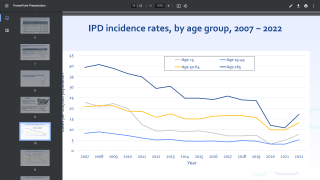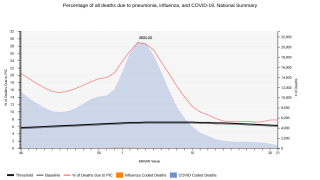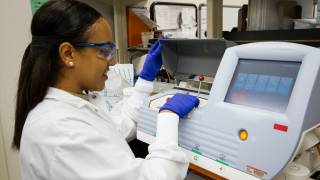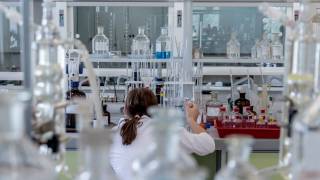Fighting Off Antibiotic Resistance is Not Hopeless

A new report from the US Centers for Disease Control and Prevention (CDC) presents revealing information about the top 18 pathogens that require immediate attention by health experts.
This urgency is because about 2.8 million people throughout the USA may face an antibiotic-resistant infection and more than 35,000 people die as a result, explained Robert R. Redfield, M.D., CDC Director, in a new report published on November 13, 2019.
That data reflects one infection every 11 seconds and one death every 15 minutes.
However, ‘the fight against antibiotic resistance is not hopeless.’
This highlighted emphasis on antibiotic resistance is a CDC One Health issue, which could threaten nearly every aspect of human life.
Given the chance, these germs will infect our bodies, take up residence in our healthcare facilities, contaminate our food and water supplies, and move across our communities and around the globe.
To survive the effects of antibiotics, germs are constantly finding new defense strategies, called “resistance mechanisms.”
DNA tells the germ how to make specific proteins, which determine the germ’s resistance mechanisms. These mechanisms can change over time and lead to more resistant infections.
Alarmingly, antibiotic-resistant germs can share their resistance genes with other germs that have not been exposed to antibiotics. Bacteria and fungi can carry genes for many types of resistance.
When already hard-to-treat germs have the right combination of resistance genes, it can make all antibiotics ineffective, resulting in untreatable infections.
Innovative vaccines are an important step to prevent infections, including against resistant infections.
Vaccines work by causing the immune system to prevent and target threats to the body, including antibiotic-resistant germs.
Vaccines can significantly reduce infection rates, which decreases antibiotic use and the number of resistant germs.
From 2000 to 2016, many Member States of the World Health Organization (WHO) increased the use of the pneumococcal conjugate vaccine, which helped protect against infection by Streptococcus pneumoniae.
This reduced the rate of death in children substantially— more than 250,000 children had a new chance at life.
Specifically, resistant strains of Streptococcus pneumoniae fell sharply after the widespread introduction of the vaccines in both children and older adults.
The CDC says to stop antibiotic resistance, the USA must:
- Stop referring to a coming post-antibiotic era—it’s already here. You and I are living in a time when some miracle drugs no longer perform miracles and families are being ripped apart by a microscopic enemy. The time for action is now and we can be part of the solution.
- Stop playing the blame game. Each person, industry, and country can affect the development of antibiotic resistance. We each have a role to play and should be held accountable to make meaningful progress against this threat.
- Stop relying only on new antibiotics that are slowly getting to market and that, sadly, these germs will one day render ineffective. We need to adopt aggressive strategies that keep the germs away and infections from occurring in the first place.
- Stop believing that antibiotic resistance is a problem “over there” in someone else’s hospital, state, or country—and not in our own backyard. Antibiotic resistance has been found in every U.S. state and in every country across the globe. There is no safe place from antibiotic resistance, but everyone can take action against it.
‘These actions are protecting people today and will continue to protect us, our families, and our nation from a threat that will never stop.’
‘I’m proud to serve alongside the experts who refuse to let this threat disarm us and who are diligently protecting our future by putting science and public health into action,’ said Dr. Redfield.
‘Improving the use of vaccination for those at risk remains a substantial challenge. The problem will get worse if we do not act now, but we can make a difference.’
Simply said, ‘We all have a role to play,’ concluded Dr. Redfield.
The CDC’s Antibiotic Resistance Threats in the United States, 2019 Report includes updated national death and infection estimates that underscore the continued threat of antibiotic resistance in the United States.
The updated CDC data show that while the burden of antibiotic-resistance threats in the United States was greater than initially understood, deaths are decreasing since the 2013 report.
Various U.S. government agencies are tackling the complex threat of antibiotic resistance. The comprehensive and coordinated response implements the U.S. National Action Plan for Combating Antibiotic-Resistant Bacteria. The response includes cooperation with the U.S. Department of Health and Human Services, Department of Veterans Affairs, Department of Defense, Department of State, and Department of Agriculture.
Antibiotic-resistance infections news published by Precision Vaccinations
Our Trust Standards: Medical Advisory Committee


























